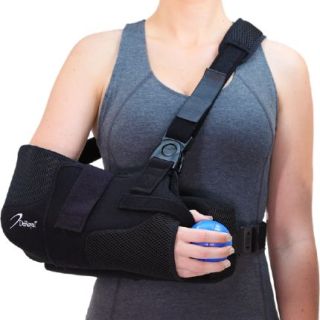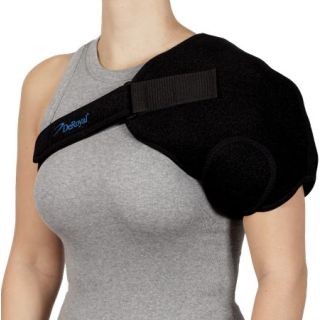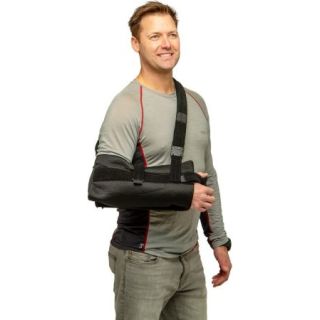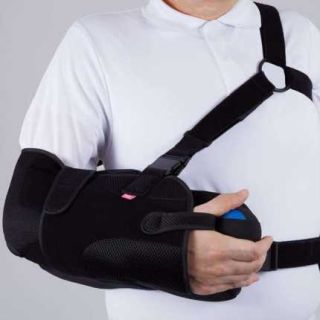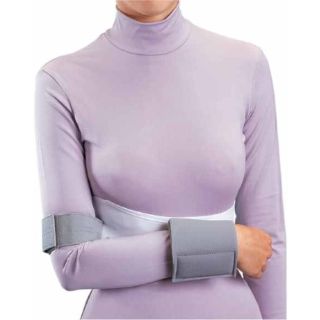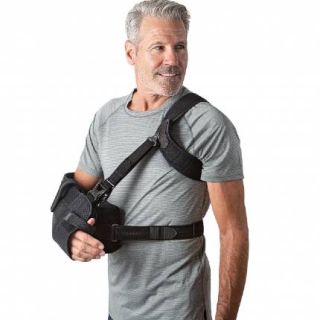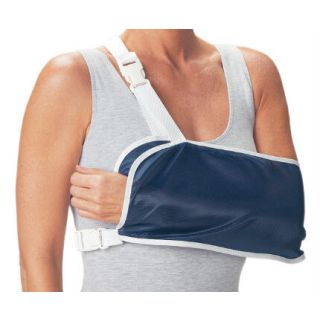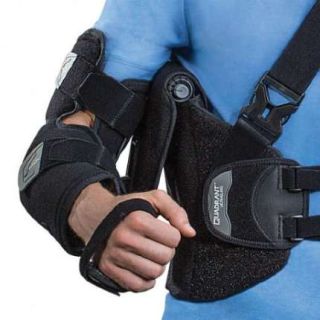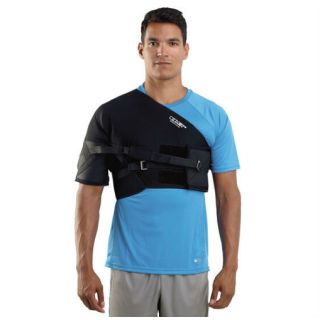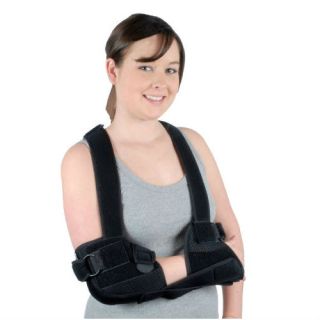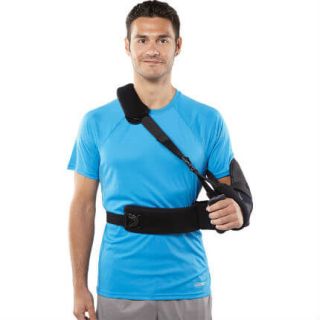-
 Details$159.99 $139.99
Details$159.99 $139.99 -
 Details$70.99 $59.99
Details$70.99 $59.99 -
 Details$169.99 $139.99
Details$169.99 $139.99 -
 Details$174.99 $139.95
Details$174.99 $139.95 -
 Details$38.99 $30.49
Details$38.99 $30.49 -
 Details$159.99 $131.99
Details$159.99 $131.99 -
 Details$137.99 $128.99
Details$137.99 $128.99 -
 Details$37.99 $28.99
Details$37.99 $28.99 -
 Details$430.99 $397.99
Details$430.99 $397.99 -
Add To Cart To See Price
 Details$244.00 $244.00
Details$244.00 $244.00 -
 Details$72.99 $64.85
Details$72.99 $64.85 -
Add To Cart To See Price
 Details$359.00 $239.99
Details$359.00 $239.99
Support for Every Stage of Shoulder Dislocation Recovery
Whether you're recovering from an acute dislocation, managing chronic shoulder instability, or rehabbing post-reduction, the right sling can make all the difference. Our collection includes shoulder dislocation slings and immobilizers that provide the appropriate level of support for each phase of recovery-from initial immobilization to gentle reintroduction of motion.
We carry models recommended by orthopedic specialists, including low-profile arm slings for everyday comfort and high-support immobilizers that restrict shoulder movement during critical healing periods. All options are designed for all-day wear and are adjustable for a secure, comfortable fit.
Questions about sizing or which model is right for your injury? Our customer care team is here to help you choose the right sling for dislocation support. Shop with confidence knowing we offer fast shipping and orthopedic-grade products trusted by clinicians and athletic trainers.


